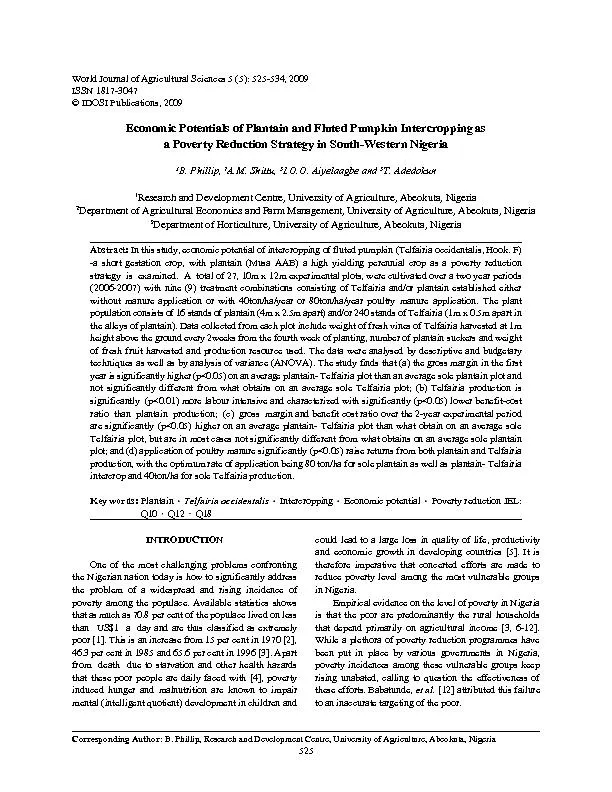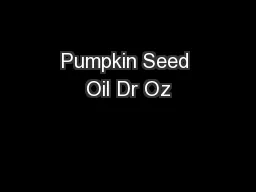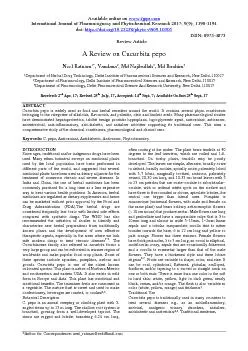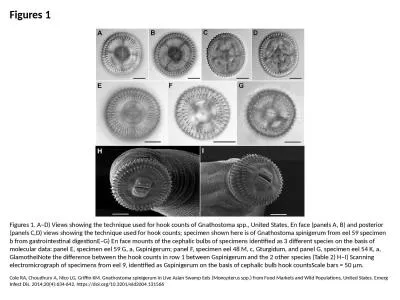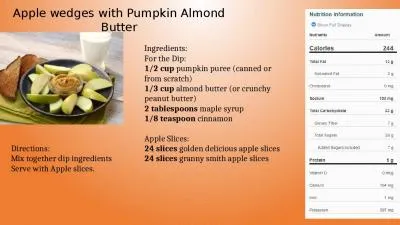PDF-PROCESSING OF FLUTED PUMPKIN SEEDS, TELFAIRIA OCCIDENTALIS(HOOK F) AS
Author : natalia-silvester | Published Date : 2015-07-22
AdenikeKukuCorresponding uthor mail adenikekukuyahoocomadenikekukugmailcom Department of Biochemistry Faculty of Science Obafemi Awolowo University Ife NigeriaDepartment
Presentation Embed Code
Download Presentation
Download Presentation The PPT/PDF document "PROCESSING OF FLUTED PUMPKIN SEEDS, TELF..." is the property of its rightful owner. Permission is granted to download and print the materials on this website for personal, non-commercial use only, and to display it on your personal computer provided you do not modify the materials and that you retain all copyright notices contained in the materials. By downloading content from our website, you accept the terms of this agreement.
PROCESSING OF FLUTED PUMPKIN SEEDS, TELFAIRIA OCCIDENTALIS(HOOK F) AS: Transcript
Download Rules Of Document
"PROCESSING OF FLUTED PUMPKIN SEEDS, TELFAIRIA OCCIDENTALIS(HOOK F) AS"The content belongs to its owner. You may download and print it for personal use, without modification, and keep all copyright notices. By downloading, you agree to these terms.
Related Documents



